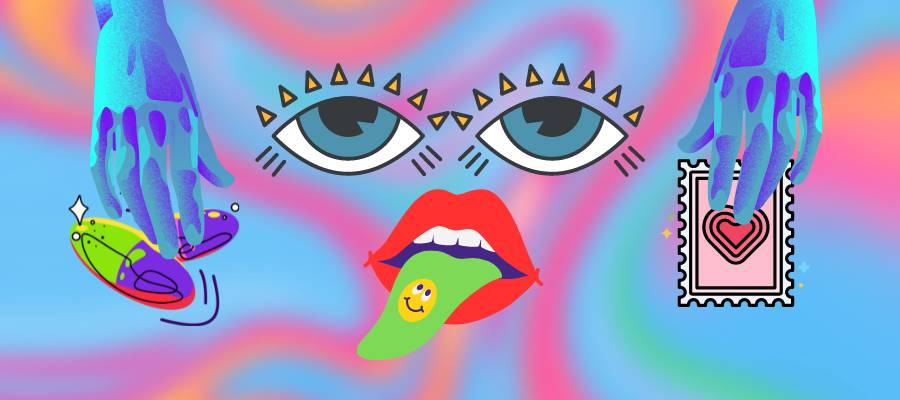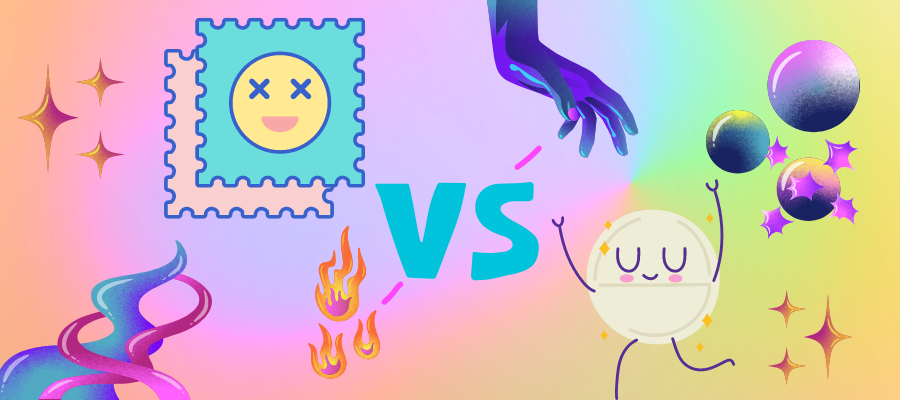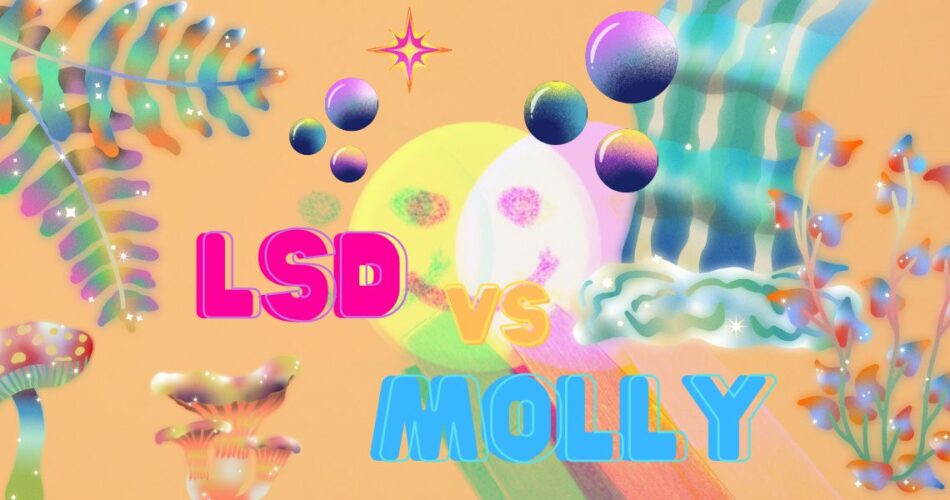Molly (MDMA) and LSD are both drugs that have been around for a while. They are both known for their unique effects on the user. Some even think they are the same in effects. So, what are the differences between these two drugs? Let’s take a closer look at the molly vs LSD comparison!
Molly vs LSD
| 3,4-methylenedioxymethamphetamine | lysergic acid diethylamide |
| entirely synthetic | partially synthetic |
| effects on the brain unclear | affects serotonin transmitters |
| provides more of a physical experience | provides spiritual and psychedelic visions |
Is Molly LSD?

People have been taking hallucinogenic drugs for centuries, for both religious and recreational purposes. In recent years, there has been a resurgence of interest in these substances, with the popularization of so-called “designer drugs” like Molly. But, is Molly LSD?
No! Molly is the street name for ecstasy or MDMA, which is short for 3,4-methylenedioxymethamphetamine. Molly is a synthetic drug that has both stimulant and hallucinogenic properties. Ecstasy is typically sold as a white or brown powder or as capsules filled with crystals. It is often taken orally, but it can also be snorted, smoked, or injected. The effects of Molly usually last for 3–6 hours, and include feelings of euphoria, increased energy and empathy, and visual and auditory hallucinations.
Unlike LSD, which is derived from a naturally-occurring compound found in certain fungi, Molly is entirely man-made. LSD, or lysergic acid diethylamide, is a psychedelic drug, similar to psilocybin. In general, LSD differs from molly in a variety of aspects. How exactly? Read on for a molly vs LSD comparison!
Molly vs LSD Comparison

So, let’s compare molly vs LSD! At first, the effects:
- The effects of LSD can last around 12 hours, sometimes even longer.
- The effects of MDMA usually last up to 6 hours.
- The subjective effects of LSD include both auditory and visual hallucinations, as well as emotional excitation.
- Some common effects of molly include slowed speed of thinking and sense of time, enhanced senses, euphoria.
- LSD is a hallucinogen, and molly is an empathogen.
Fun Fact
Being classified as an empathogen makes molly one of a kind drug. Its effects are usually pretty consistent, and so it’s easier to predict how the user will behave after consumption.
Additionally, while both substances have been around for many years, scientists are still uncertain about how exactly they work in the brain. Some researchers believe that MDMA works by increasing serotonin levels in the brain, while others believe that it reduces dopamine levels instead. On the other hand, scientists are certain that LSD works by binding to serotonin receptor sites in the brain and altering neurotransmitter activity there.
When comparing molly vs LSD, you should note that both MDMA and LSD are illicit drugs. They can also both result in bad trips and undesirable effects such as elevated body temperature, anxiety. Both can also induce paranoia. For these reasons, extreme caution is advised before using either of these.
Both molly and LSD can also work together. Here is our text on “Candy Flipping: MDMA and LSD Combination.”
Similar Posts:
- Nexus Flipping: Combining 2C-B and MDMA for Enhanced Experiences
- Molly and Shrooms: How They Affect the Brain. Mixing MDMA & Psychedelic Mushrooms
- Jedi Flipping: Mixing Shrooms, Acid and MDMA Together
- How Long Does It Take for LSD to Work? Acid Trip Duration
- Does LSD Kill Brain Cells or Fry Your Brain? Long-Term Effects of LSD
- DMT vs LSD: What Do We Know About These Two Psychedelic Substances?
- LSD Candies and Candy Flipping: MDMA and LSD Combination




